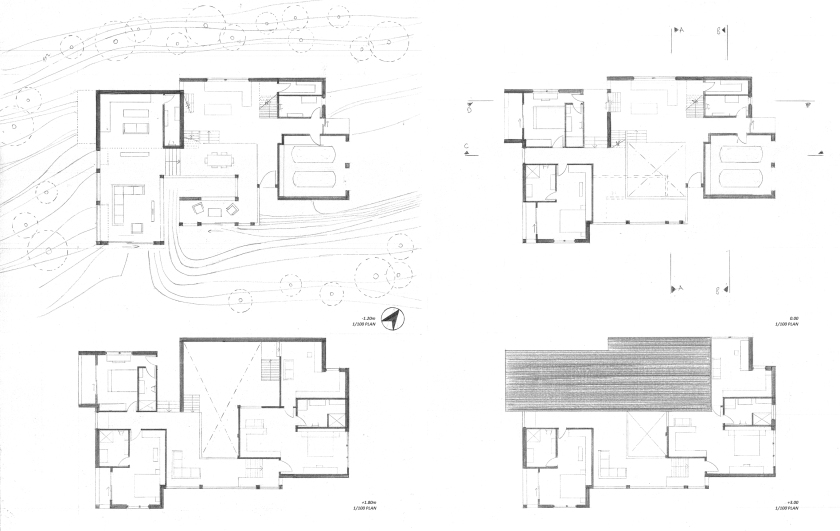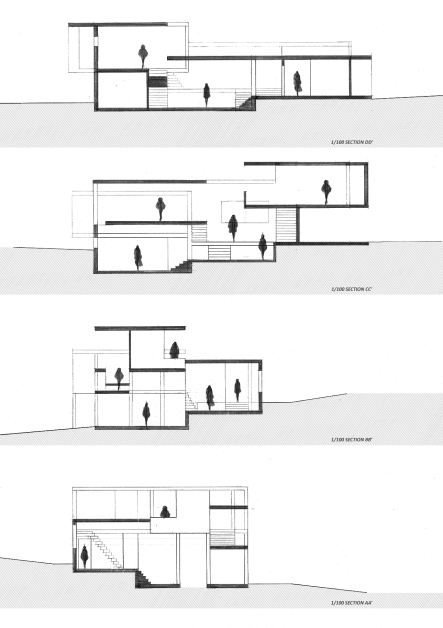The extreme climate I have decided to settle on is a dry and hot climate. There are aridity, sandstorms and a sort of drought. The scenario behind this proposal is like predicting that the climate change is going to cause the places where we are currently live in to turn into a desert in around 2050’s and 60’s. The temperature will be increasing day by day, and resources will be about to run out. Considering this situation, I proposed a practical and sustainable dwelling trial which stands for the idea of minimum existence both for itself and living beings around.


About the subject of climate change we, as a group, approach to architecture from the side of critical regionalism. As Kenneth Frampton says architecture should encourage continuity of local cultural traditions because international style become placeless and there is lack of identity so there can not be such a thing like homogenous international identity. Every region is supposed to have its own culture, spirit, and architecture. At this point, Alvaro Siza argues that all traditions either change or transform or they die so traditions should be open to innovations.
Nature also practices a kind of “critical regionalism,” the belief that architecture should reflect the geography and culture of its setting. ¹ Then, I made some research about biomimicry. It is a process of using natural-world mechanisms to inspire man-made designs. It refers to imitating natural strategies (but not forms) to devise new sustainable solutions.² At this point, there comes the example of one of the arid climate livings I took reference from to bury the minimum dwelling I am designing, bury what is existed on the ground underground. Prevent heat gain by hiding in nature, and having few openings to outside. Also, the vegetations inside will refresh dry weather inside. There is a representation of this plant as a building in the poster, I worked on how this building can be adapted as a minimum dwelling.
When I turned back to the cases from vernacular architecture in such arid climates, I tried to find out what kind of sustainable solutions they brought in the face of climate change. They take place in the poster with details.
So, I say this dwelling minimum in terms of minimum waste because both this unit and inhabitants living in have the possibility to turn food waste and animal droppings into food balancing ecosystems by recycling, reusing them, and by this way, the unit cultivates land and improving it with hummus and organic materials to make farming or to use their self-grown food. This dwelling stands for the minimum use of energy for cooling since hyperbolic paraboloid form of the roof both acts as a wind catcher and creates shade on outside spaces. Openings on the created form are positioned according to the prevailing wind so the wind comes in and go out by refreshing the air inside. Plus, vegetations are grown up inside help to increase the air quality in the daytime. This dwelling has a minimum use of water because it has a drainage system to get water from underground and it has the facility to collect the rainwater. Next, this dwelling existence minimum since it serves 1+1 adult together with animal and plants in minimum existence.
References
Some Examples of Vernacular Architecture in Hot-Arid Regions of Turkey, Fatma Nur Demirbilek, 1994.
Towards a Platform of Investigative Tools for Biomimicry as a New Approach for Energy-Efficient Building Design, Natasha Chayaamor-Heil and Nazila Hannachi-Belkadi, 2017
https://spatialexperiments.wordpress.com/
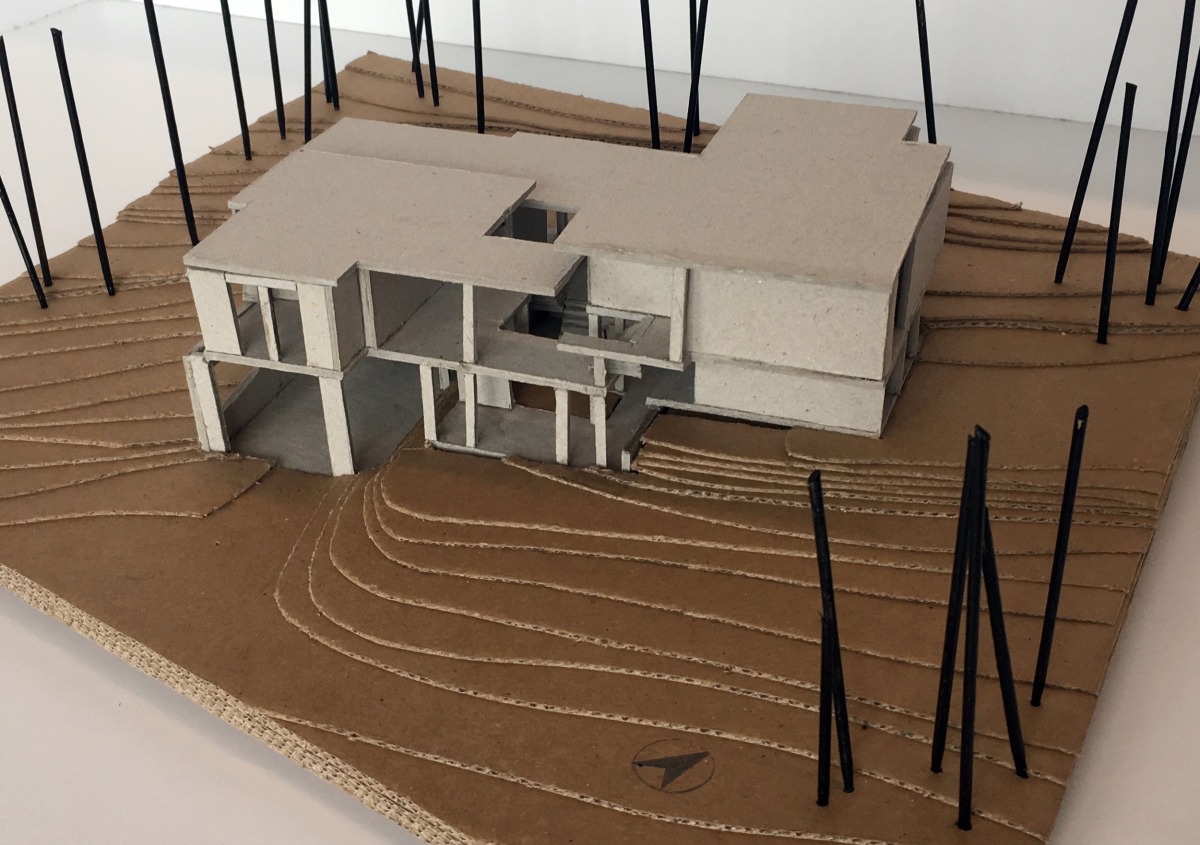
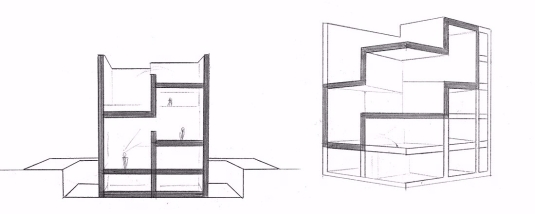
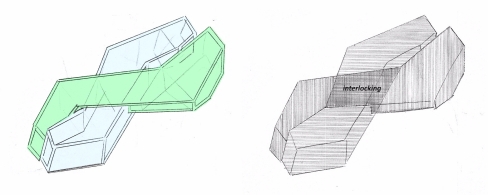
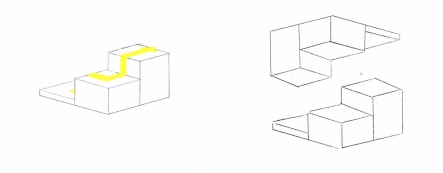
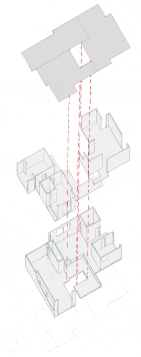
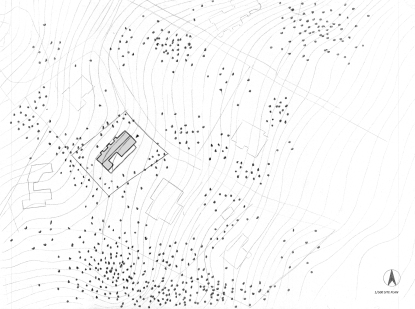
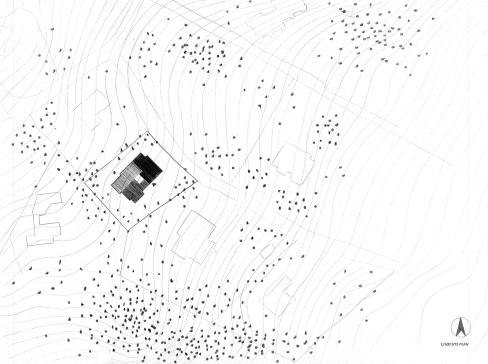
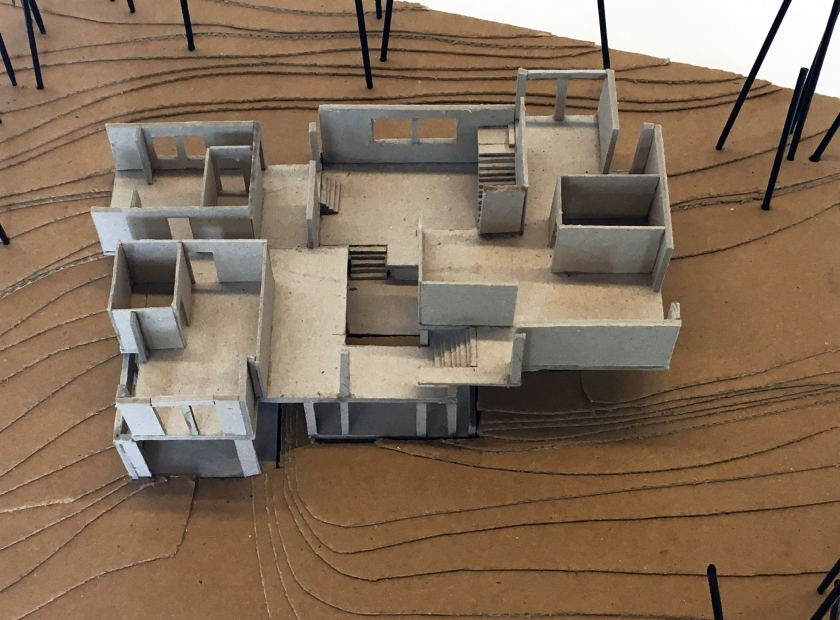 Other responses to the site: I changed the actual direction of North in order to provide better climate conditions and qualities to spaces. So, the house spreads east west direction and spaces face with south, southeast, southwest. There are spaces on the north direction such as studio, pantry, garage. Approach/access from road and main entrance are from northeast.
Other responses to the site: I changed the actual direction of North in order to provide better climate conditions and qualities to spaces. So, the house spreads east west direction and spaces face with south, southeast, southwest. There are spaces on the north direction such as studio, pantry, garage. Approach/access from road and main entrance are from northeast.